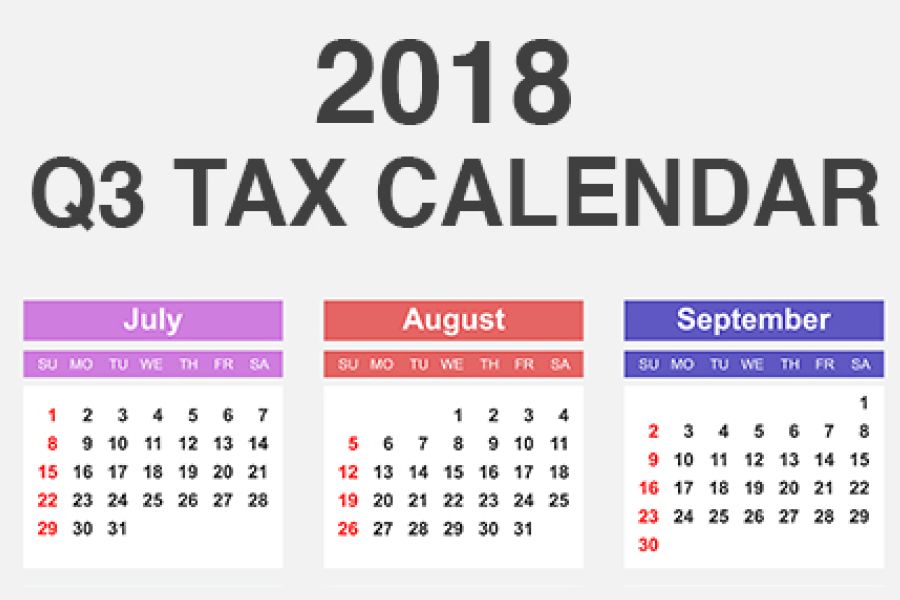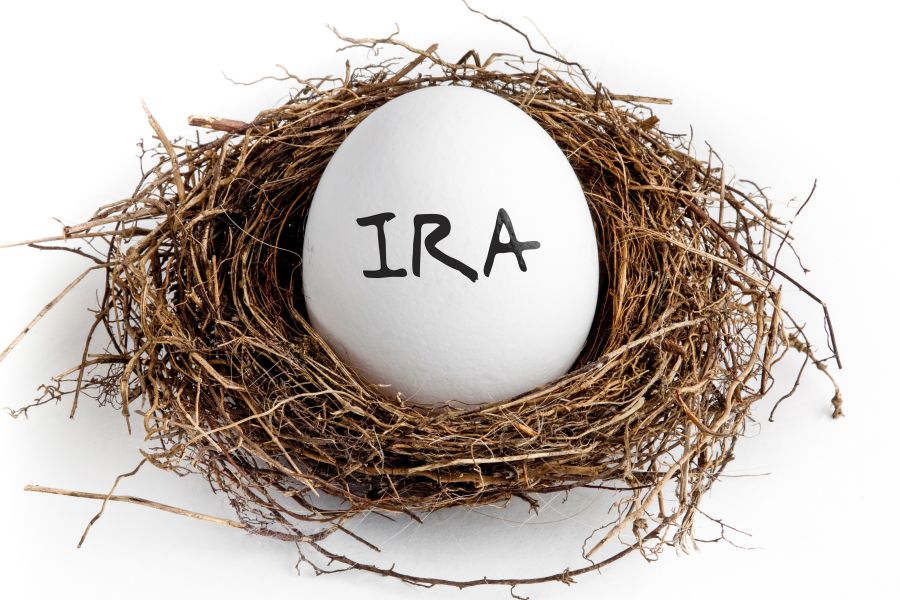There continues to be much uncertainty about the Affordable Care Act and how such uncertainty will impact health care costs. So it’s critical to leverage all tax-advantaged ways to fund these expenses, including HSAs, FSAs and HRAs. Here’s how to make sense of this alphabet soup of health care accounts. HSAs If you’re covered by a qualified high-deductible health plan (HDHP), you can contribute pretax income to an employer-sponsored Health Savings Account — or make deductible contributions to an HSA you set up yourself — up to $3,450 for self-only coverage and $6,900 for family coverage for 2018. Plus, if you’re age 55 or older, you may contribute an additional $1,000. You own the account, which can bear interest or be invested, growing tax-deferred similar to an IRA....

You’ve probably heard about the recent U.S. Supreme Court decision allowing state and local governments to impose sales taxes on more out-of-state online sales. The ruling in South Dakota v. Wayfair, Inc. is welcome news for brick-and-mortar retailers, who felt previous rulings gave an unfair advantage to their online competitors. And state and local governments are pleased to potentially be able to collect more sales tax. But for businesses with out-of-state online sales that haven’t had to collect sales tax from out-of-state customers in the past, the decision brings many questions and concerns. What the requirements used to be Even before Wayfair, a state could require an out-of-state business to collect sales tax from its residents on online sales if the business had a “substantial nexus” —...
For tax years beginning in 2018 and beyond, the Tax Cuts and Jobs Act (TCJA) created a flat 21% federal income tax rate for C corporations. Under prior law, C corporations were taxed at rates as high as 35%. The TCJA also reduced individual income tax rates, which apply to sole proprietorships and pass-through entities, including partnerships, S corporations, and, typically, limited liability companies (LLCs). The top rate, however, dropped only slightly, from 39.6% to 37%. On the surface, that may make choosing C corporation structure seem like a no-brainer. But there are many other considerations involved. Conventional wisdom Under prior tax law, conventional wisdom was that most small businesses should be set up as sole proprietorships or pass-through entities to avoid the double taxation of C corporations:...
While the Tax Cuts and Jobs Act (TCJA) reduced most ordinary-income tax rates for individuals, it didn’t change long-term capital gains rates. They remain at 0%, 15% and 20%. The 0% rate generally applies to taxpayers in the bottom two ordinary-income tax brackets (now 10% and 12%), but you no longer have to be in the top ordinary-income tax bracket (now 37%) to be subject to the top long-term capital gains rate of 20%. Many taxpayers in the 35% tax bracket also will be subject to the 20% rate. So finding ways to defer or minimize taxes on investments is still important. One way to do that — and diversify your portfolio, too — is to invest in qualified small business (QSB) stock. QSB defined To be a QSB,...
Here are some of the key tax-related deadlines affecting businesses and other employers during the second quarter of 2018. Keep in mind that this list isn’t all-inclusive, so there may be additional deadlines that apply to you. Contact me to ensure you’re meeting all applicable deadlines and to learn more about the filing requirements. July 31 Report income tax withholding and FICA taxes for second quarter 2018 (Form 941), and pay any tax due. (See the exception below, under “August 10.”) File a 2017 calendar-year retirement plan report (Form 5500 or Form 5500-EZ) or request an extension. August 10 Report income tax withholding and FICA taxes for second quarter 2018 (Form 941), if you deposited on time and in full all of the associated taxes due. September...
When you think about recent tax law changes and your business, you’re probably thinking about the new 20% pass-through deduction for qualified business income or the enhancements to depreciation-related breaks. Or you may be contemplating the reduction or elimination of certain business expense deductions. But there are also a couple of recent tax law changes that you need to be aware of if your business sponsors a 401(k) plan. 1. Plan loan repayment extension The Tax Cuts and Jobs Act (TCJA) gives a break to 401(k) plan participants with outstanding loan balances when they leave their employers. While plan sponsors aren’t required to allow loans, many do. Before 2018, if an employee with an outstanding plan loan left the company sponsoring the plan, he or she would...
Many Americans relocate to another state when they retire. If you’re thinking about such a move, state and local taxes (SALT) should factor into your decision. Income, property and sales tax Choosing a state that has no personal income tax may appear to be the best option. But that might not be the case once you consider property taxes and sales taxes. For example, suppose you’ve narrowed your decision down to two states: State 1 has no individual income tax, and State 2 has a flat 5% individual income tax rate. At first glance, State 1 might appear to be much less expensive from a tax perspective. What happens when you factor in other state and local taxes? Let’s say the property tax rate in your preferred locality in State...











